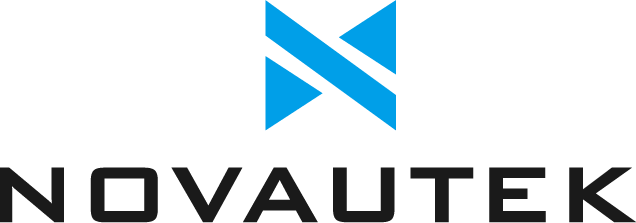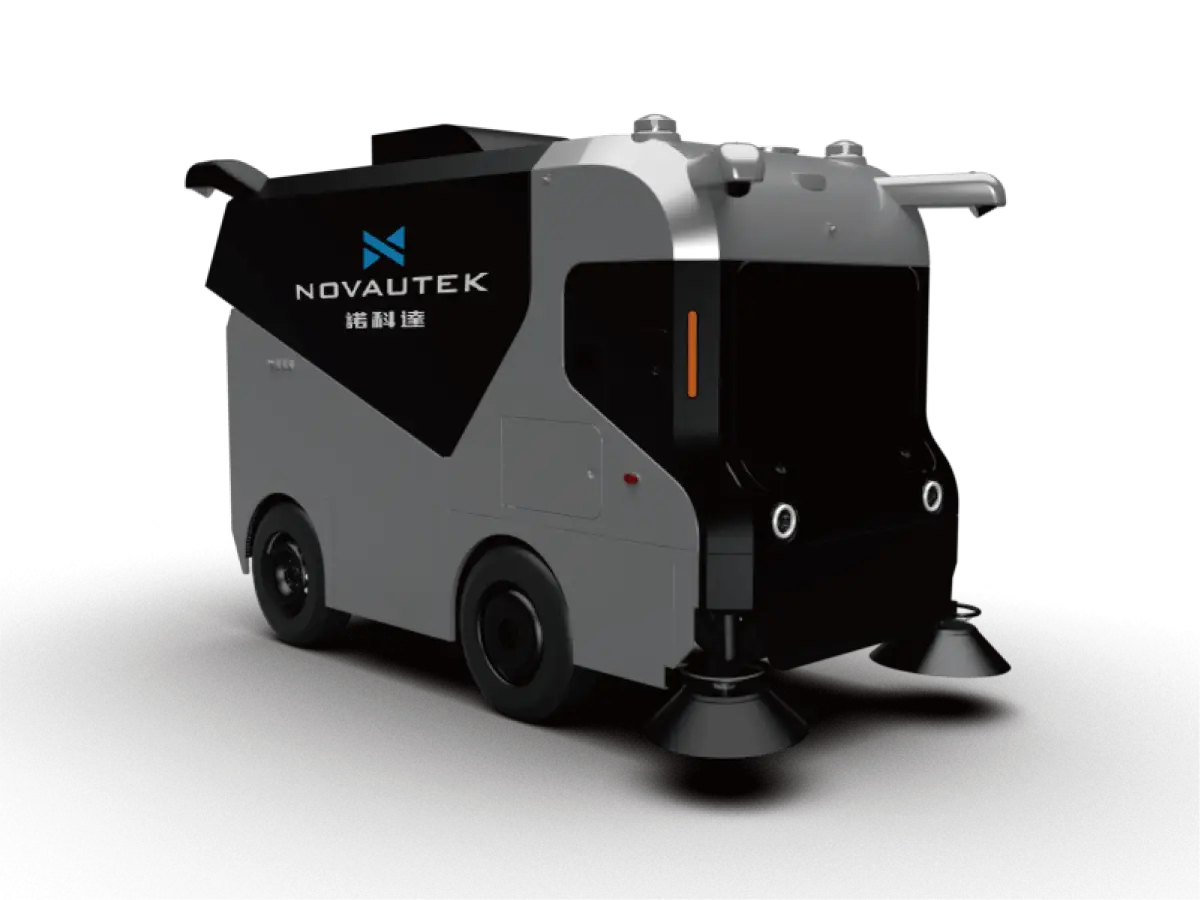Current State and Growth Projections of the Cleaning Robot Market
Global Market Size and Revenue Forecasts (2025-2033)
The cleaning robot market is on an impressive trajectory, anticipated to reach USD 31.79 billion by 2033. This significant growth is underpinned by a robust compound annual growth rate (CAGR) of 16.97% between 2025 and 2033. According to reports from credible market research firms, this growth reflects increased demand for smart home technologies. The rising awareness of time-saving smart devices is driving both unit sales and revenue in the cleaning robot sector, indicating a strong market presence in the years to come.
Key Drivers Fueling Market Expansion
Several pivotal factors are driving the expansion of the cleaning robot market. Firstly, there's a growing consumer focus on hygiene post-pandemic, which has heightened the demand for efficient cleaning solutions. Secondly, technological advancements, especially in AI integration and battery life enhancements, are making these devices more efficient and appealing. Lastly, rising disposable incomes, particularly in emerging markets, make purchasing these innovative cleaning robots more accessible, contributing to substantial market growth.
Industry Adoption Rates Across Residential and Commercial Sectors
The adoption rates for cleaning robots are surging, with significant uptake in both residential and commercial sectors. In the residential realm, these robots offer unmatched convenience and ease, resulting in faster adoption rates. Simultaneously, commercial entities, such as those in hospitality and healthcare, are increasingly relying on cleaning robots to uphold cleanliness standards. Current statistics show that both households and businesses are rapidly integrating these robots into their operations, corroborating the trend of growing adoption across multiple sectors.
Technological Innovations Driving Market Evolution
AI-Powered Navigation and Machine Learning Integration
The recent advancements in AI-powered navigation systems significantly enhance cleaning robots' functionality by enabling them to efficiently map out spaces and determine optimal cleaning paths. These technologies allow robots to autonomously navigate various environments, ensuring comprehensive coverage and improved cleaning efficiency. Furthermore, the integration of machine learning algorithms has been transformative, allowing these robots to learn from user habits and preferences. By adapting their cleaning strategies over time, these robots deliver increased satisfaction and convenience to users. Studies have shown that companies implementing these AI features are enjoying high levels of customer satisfaction. Such technological breakthroughs are poised to revolutionize the cleaning robot market, making these smart devices integral components of modern housekeeping.
Advancements in Sensor Technology and Obstacle Avoidance
Sensor technology advancements have dramatically improved the real-time obstacle detection capability of cleaning robots. Equipped with state-of-the-art proximity sensors, these robots can effectively navigate around furniture and other obstacles, minimizing collisions and ensuring a thorough clean. This enhancement not only boosts the efficiency of cleaning routes but also promotes the safety of both the robot and household items. Data from various studies have revealed significant improvements in cleaning efficiency among robots fitted with these advanced sensors. Such innovations are pivotal in maintaining the momentum of market investments in developing cutting-edge cleaning solutions.
Smart Home Compatibility and IoT Connectivity
The integration of cleaning robots with smart home systems is paving the way for a seamless user experience. Through IoT connectivity, users can remotely control and monitor their cleaning devices, personalizing their cleaning routines to match specific preferences. This capability not only provides flexibility but also enhances user engagement, offering convenience through smart home ecosystems. The rise in demand for smart home-compatible devices is supported by statistics showing growing consumer interest in integrated solutions. This trend underlines the importance of IoT-driven features, which are increasingly becoming a critical factor in the purchasing decisions of new-age consumers and propelling further growth in the cleaning robot market. Future Market Insights highlight the potential of cleaning robots to become essential components of smart home systems, reinforcing their role in boosting energy efficiency and enhancing the overall smart living experience.
Regional Expansion and Market Penetration Strategies
Asia-Pacific Dominance: Singapore, Japan, and Emerging Markets
The Asia-Pacific region is positioned to lead the cleaning robot market, spurred by rapid urbanization and technological advancements. Japan and Singapore stand out with their infrastructure integrating cutting-edge technologies that naturally boost the adoption of intelligent cleaning solutions. Meanwhile, emerging markets like India and China are experiencing a surge in consumer adoption due to rising disposable incomes and a growing inclination toward smart home devices. The robust growth in these regions is substantiated by market share statistics, which highlight their contribution to the global cleaning robot market's expansion.
North America and Europe: Demand for Sustainable Solutions
In North America and Europe, the emphasis on sustainability is reshaping consumer preferences in the cleaning industry. There is an increasing demand for eco-friendly and energy-efficient cleaning solutions, reflecting a broader environmental consciousness. Regulatory frameworks promoting sustainable practices have further accelerated the adoption of energy-efficient cleaning robots. Consumer preference statistics show a notable trend towards sustainable products, reaffirming that environmental considerations are now a critical factor in purchasing decisions.
Sustainability and Environmental Impact
Energy-Efficient Designs and Reduced Carbon Footprint
Energy efficiency is a pivotal factor for cleaning robot manufacturers, significantly reducing electricity usage and carbon emissions. This aligns with global efforts to mitigate environmental impact, as manufacturers design robots with components that require less energy and offer longer operating durations. Moreover, legislative measures such as energy labels and certifications are now crucial in steering consumer purchases towards eco-friendly robots. Many consumers opt for products with recognized certifications, reflecting trust in energy-efficient devices. The reduction in carbon footprints ensured by these innovative designs is supported by statistical data that highlight a tangible decrease in emissions with the adoption of such cleaning technologies.
Role of Cleaning Robots in Waste Reduction
Cleaning robots contribute substantially to waste reduction, particularly liquid waste. These robots are equipped with advanced systems to prevent unnecessary consumption of water and cleaning solutions, thus significantly lowering waste output. Businesses employing these technologies report a marked decrease in liquid waste production, complementing the global shift towards sustainable waste management. For instance, case studies reveal a substantial reduction in waste achieved by large corporations that integrate cleaning robots into their operations. Moreover, the efficiency of cleaning robots improves operational workflows, further bolstering waste management endeavors and highlighting the environmental benefits realized through their use.
Corporate Sustainability Goals and Consumer Preferences
Many companies now align their product development strategies with corporate sustainability goals, driven by an increasing consumer demand for environmentally friendly products. The shift towards eco-conscious buying decisions is clear, with data showing a preference among buyers for products deemed sustainable and responsible. This trend presents a compelling business case for manufacturers to develop eco-friendly cleaning robots, which resonate with consumer values. Additionally, statistics reflecting increased brand loyalty towards companies with sustainable practices further substantiate the move toward prioritizing environmental sustainability in product offerings within the market.
FAQ Section
What is the projected market size of cleaning robots by 2033?
The cleaning robot market is anticipated to reach USD 31.79 billion by 2033, reflecting a compound annual growth rate (CAGR) of 16.97% between 2025 and 2033.
What technological advancements are contributing to the growth of the cleaning robot market?
Technological advancements such as AI integration, battery life enhancements, and sensor technology improvements are significantly contributing to the efficiency and appeal of cleaning robots.
How are cleaning robots promoting sustainability?
Cleaning robots promote sustainability by offering energy-efficient designs that reduce electricity usage and carbon emissions, as well as advanced systems to lower liquid waste output.
What challenges do manufacturers face in the cleaning robot industry?
Manufacturers face challenges such as balancing cost-effectiveness with advanced features, dealing with regional regulatory compliance, and addressing labor shortages and workforce adaptation.

